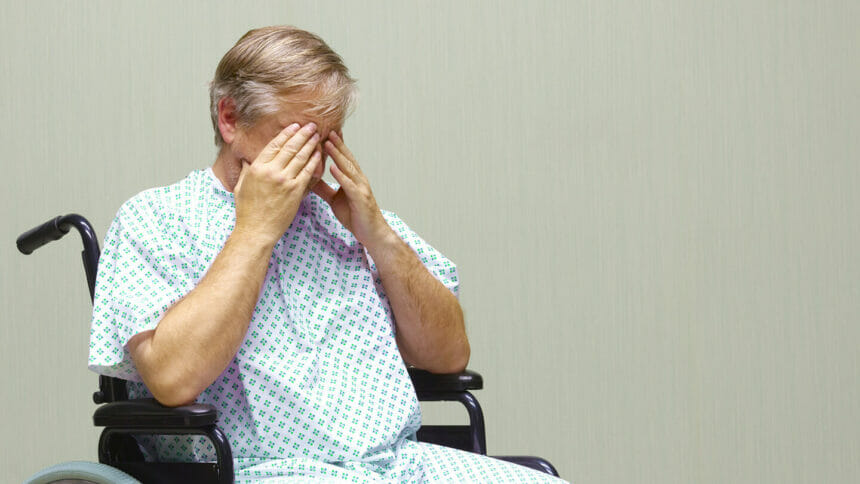
A new study assessed how well clinicians adhere to National Institute for Health and Care Excellence’s (NICE) delirium guidelines, and conducted an intervention that somewhat improved adherence.
The report was published Wednesday in BMC Geriatrics.
Guidelines exist to identify and manage delirium, but previous studies have shown that adherence is poor, the authors noted.
There’s limited evidence that the intervention improved adherence to NICE guidelines, the authors found.
A total of 128 patients were included in the study. The intervention was launched for a month between two audit cycles during 2023.
The intervention included displaying educational posters at the facility, hosting educational sessions on “Recognizing Acute Delirium As part of your Routine (RADAR)” screening, and providing a checklist for assessments. As the intervention progressed, though, the use of RADAR fell. Researchers noticed a decline in use of the checklist correlated with a decline in the completion of full assessments.
In the first audit cycle, 7.7% of participants had confirmed delirium led to a diagnosis; in the second cycle, that amount increased to 44.7%. Patients were more likely to get a full delirium assessment and diagnosis after the intervention, the data showed.
“When compared to the marked improvements seen in the doctor-led delirium assessments, the poorer RADAR results may represent a breakdown in discourse between the interventions and the allied healthcare professionals compared to that of the doctors,” the authors wrote. They said that the interventions may not have been appropriately targeted to doctors.
“Additionally, the poor association demonstrated between positive RADAR assessments and formal delirium diagnoses may bring into question the utility and effectiveness of the screening assessments,” the authors added.




